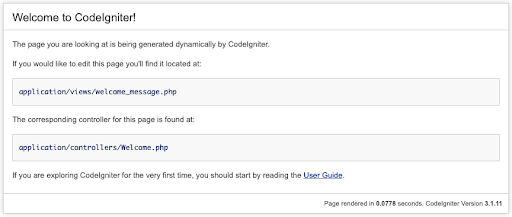Configuration of the development environment
To add more speed to the development process, we can use a Docker image to set up the development environment more quickly, without worrying about installing PHP, database and webserver.
The first step is to install Docker and Docker Compose if you have not already done so. Then, create and access a folder to store the application that will be downloaded in the next steps.



















